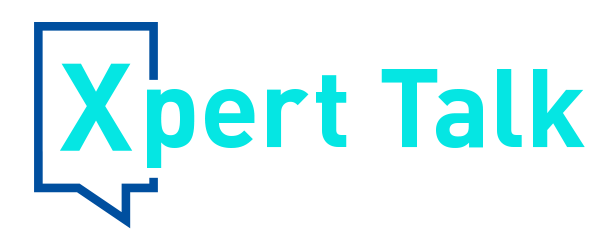What is the difference between a good marketer and the best marketer? A quite deep question with a sense of curiosity. The major difference is best marketers ask questions continuously What will happen if we change this copy? Or what about sharing promotional content every day?
Doesn't matter what product or service you are offering. Your services cannot be a solution for everyone. A business always has a target audience or a definite set of audience who cares and wait for your products. This is where target marketing comes in, so today let us take a deep insight into what is target marketing.
What is target marketing?
Target marketing is a plan that utilizes data to show and implement the campaigns that are for a specific target audience. This helps businesses in streamlining their process and utilizing their efforts for only the target audience. With this, the target audience will also feel involved and heard.
Today, it is very important to give a personal touch to every message that you share with your audience. It is evident that customers are more likely to respond to a personalized message or campaign as compared to other campaigns. Furthermore, the customer may share their data and are willing to get a more personalized experience. Customers understand that when they will share their details such as email addresses, contact information, or any other detail, you will utilize it and so they expect a better experience.
Still, many marketers are not satisfied with their business model and personalization strategy. Here, they can use segmentation techniques to reach their customers effectively.
Segmentation in target marketing
To take advantage of target marketing, marketers need to first find their target audience. Under target marketing, segmentation is the process of utilizing data to discrete your audience into smaller sub-parts and then designing messages and campaigns accordingly.
Demographic segmentation
Demographic data for target segmentation is most commonly used by marketers. This data includes basic information about customers or audiences such as age, gender, education, and occupation. Demographic segmentation is the most used and easy segmentation to start or design any campaign.
Firmographic segmentation
Firmographic data is most likely to be used by B2B marketers. Just like demographic data define a group of people, firmographic data define a group of companies that includes company size, location, revenue details, and funding. Firmographic data helps marketers frame a landscape about the tendency to buy.
Geographic segmentation
Simply can be understood by its name, geographic segmentation uses location and region service to design campaigns for target audiences. Once marketer is aware of the region, location, and city from where their buyers are, they can easily customize the solutions. This segmentation includes time zone, language, urban, and rural climate, weather, social trends, and others.
Psychographic segmentation
Psychographic segmentation adds a quality layer to the process of target segmentation. This segmentation highlights the emotional and personality traits that a person contains. It includes characteristics, interests, hobbies, lifestyle, attitudes, and values.

